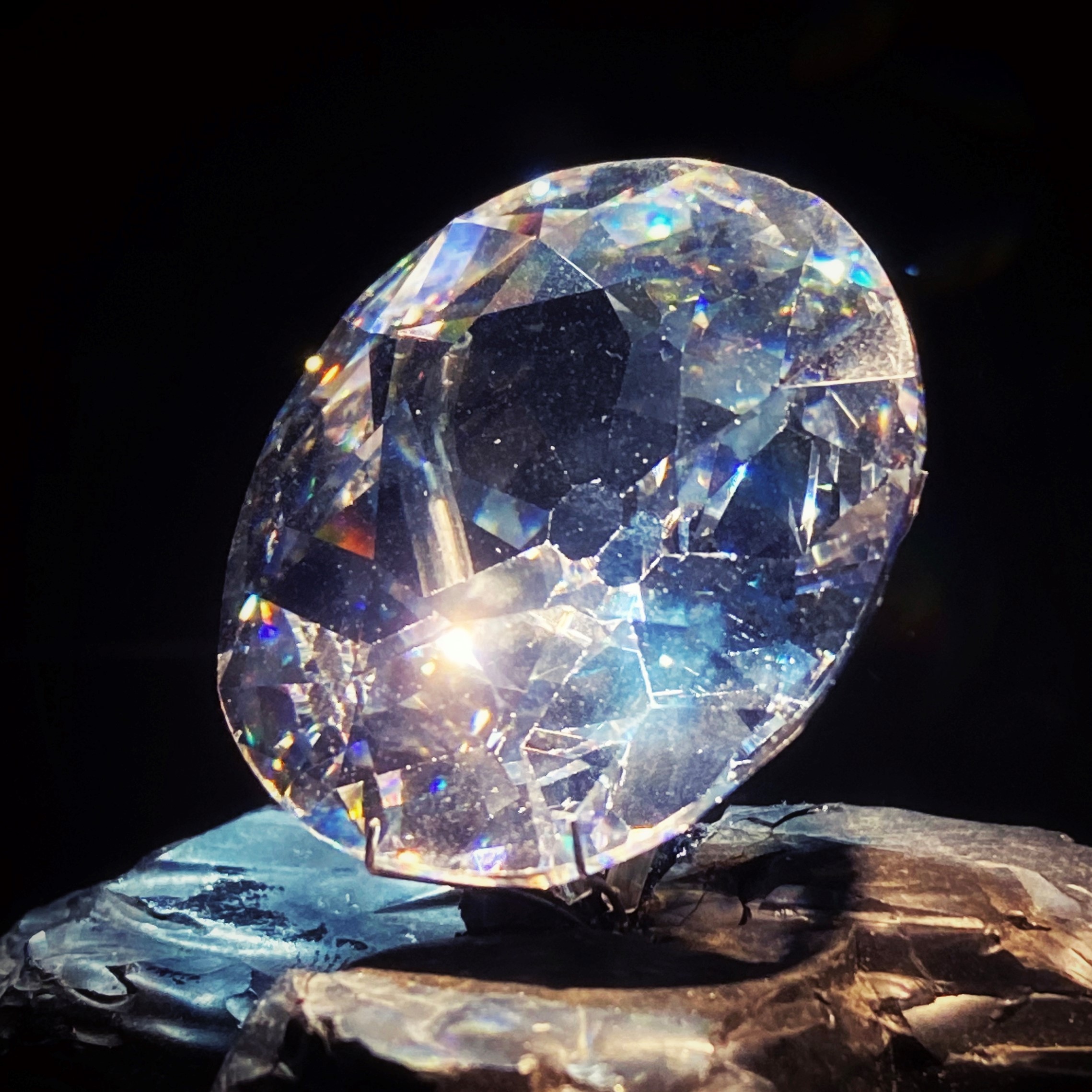The Kohinoor diamond, renowned for its unparalleled beauty and storied history, has captured the fascination of civilizations and rulers for centuries. With origins shrouded in myth and legends, this remarkable gem has traversed through various empires, each leaving its indelible mark on its journey.
Believed to have been mined in the Golconda mines of India, the Kohinoor’s early history is veiled in mystery. Its name, which translates to “Mountain of Light” in Persian, encapsulates the brilliance and magnificence of the gem. It is said to have graced the regal collections of various Indian dynasties before coming under the possession of the Mughal Empire.
The Mughals, captivated by its beauty, claimed the Kohinoor as a symbol of their power and grandeur. It passed through the hands of notable Mughal emperors, including Babur, Shah Jahan, and Aurangzeb. However, the diamond’s passage wasn’t without turmoil. Shah Jahan, who built the iconic Taj Mahal, was imprisoned by his son Aurangzeb, who seized the Kohinoor and incorporated it into his treasury.
In the early 18th century, as the Mughal Empire weakened, the Kohinoor found its way into the hands of Persian ruler Nader Shah after his successful invasion of India. The diamond then traveled to Afghanistan, becoming a cherished prize of the Persian Empire.
In the midst of these shifting political landscapes, the British East India Company was expanding its presence in India. In 1849, after the Second Anglo-Sikh War, the British annexed the Punjab region, and the Kohinoor was claimed as part of the spoils of war. Following its capture, the diamond was presented to Queen Victoria, marking a significant chapter in its history.
Upon its arrival in Britain, the Kohinoor was initially recut to enhance its brilliance, a decision that sparked controversy as it was believed to have diminished the gem’s original size and authenticity. It was showcased in various exhibitions, capturing the imagination of the public and solidifying its reputation as a symbol of British imperial might.
As the British Empire’s hold over India tightened, the diamond’s history became entwined with colonial power dynamics. Demand for its return to India grew stronger over time, with successive Indian leaders advocating for its repatriation. However, British authorities remained steadfast in their refusal to return the Kohinoor, citing its status as a spoils of war and a part of the British Crown Jewels.
In the post-independence era, the Kohinoor continued to be a focal point of discussions between India, Pakistan, and the United Kingdom. While calls for its return persisted, no formal agreement was reached, and the diamond remained a contentious issue.
The Kohinoor’s historical journey serves as a testament to its allure and the intricate interplay of power, culture, and heritage. Its story highlights the complexities surrounding the ownership of cultural artifacts and the emotional ties nations hold to their past. As of my last knowledge update in September 2021, the diamond’s fate remains uncertain, and the debate over its rightful ownership and location continues to evoke intense sentiments on both sides.
In essence, the Kohinoor diamond’s history embodies the shared legacy of civilizations, conquests, and diplomacy, underscoring the enduring power of a single, awe-inspiring gemstone to capture the imagination of the world.

